Ohio Senate passes Farm Bureau Health Plans legislation
SB 100, championed by Sen. Susan Manchester, would offer farm families access to affordable, personalized health care plans.
Read MoreThanksgiving is approaching quickly. Have you gotten your turkey yet? Maybe your’re waiting for a sale. I don’t have room in the freezer but will have to make room soon.
Did you know that about 17 percent of the turkeys raised this year – approximately 46 million – will be on Thanksgiving tables this year?
How do farmers and processors meet this huge one-day demand? It takes a lot of planning. The majority of the turkeys raised come from 13 states. Minnesota is the top producer with 46 million, followed by North Carolina with 36 million. Ohio ranks 10th, producing 5.5 million turkeys annually.
Not knowing much about turkeys, I found out that there are not as many breeds of turkeys as there are chickens. The largest and most commercially raised turkey in the United States is the broad-breasted white. They are very efficient growers, converting feed to white breast meat in the shortest possible time. There are also 13 recognized heritage turkey breeds that are commonly raised in the United States. The hens range in weight from 10 to 20 pounds, while the toms average 16 to 30 pounds.
Bourbon reds are noted for their beautiful red plumage and were first bred in the 1800s in Bourbon County, Kentucky. They are also considered one of the best-tasting breeds.
Originally from Rhode Island, Narragansett turkeys were the staple of the New England states.
The smallest of the heritage breeds is the Royal Palm. Because of its size, it is generally not grown commercially for meat production but for exhibition. They are a beautiful bird with black and white plumage.
A relatively new breed is the midget white, which was developed in the 1960s by researchers at the University of Massachusetts. They are a cross of Royal Palm and broad-breasted white and known for their deep, delicious flavor.
Beltsville small whites were developed in the 1930s and are about the same size as the midget whites but with wider breasts. They are prolific layers and not very social compared with other breeds.
White Hollands were originally bred in Holland and migrated with early settlers to the colonies. These calm birds are the biggest of the heritage breeds.
Standard bronze turkeys have been the most popular turkey in American history. They were originally a cross between the turkeys brought to the colonies by Europeans and the native wild turkey of America.
The final breed is called a black, sometimes called black Spanish or Norfolk black turkeys. This breed was domesticated from Mexican wild turkeys brought back to Europe by the first Spanish explorers who visited the New World.
There is a lot to learn about turkeys and I don’t claim to be an expert. Plus, I’m not signing up to raise them. So as Thanksgiving is approaching, I hope you will take the time to be thankful for the turkey farmers who plan ahead so we all can have a turkey dinner this year!
Submitted by Mary Smallsreed, a Trumbull County Farm Bureau member, who grew up on a family dairy farm in northeast Ohio.


SB 100, championed by Sen. Susan Manchester, would offer farm families access to affordable, personalized health care plans.
Read More
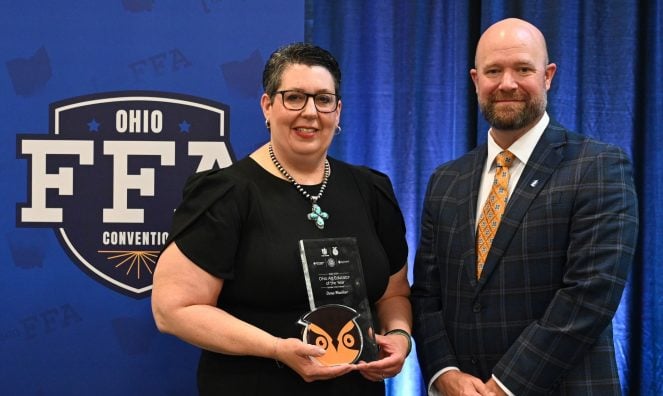
March is National Agriculture Month and in today’s world, agricultural education and awareness is needed more than ever. Hear from two of Ohio’s top ag educators.
Read More

Brent Nemeth of Rayland/Dillonvale will serve members in Carroll, Harrison, Jefferson and Tuscarawas counties.
Read More
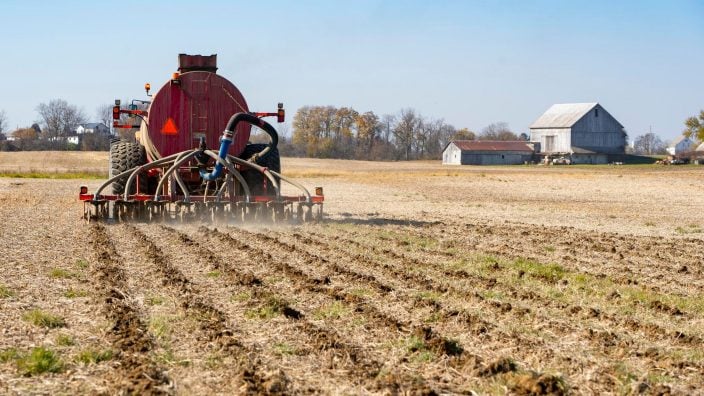
Current Agricultural Use Value is often discussed as a farmland preservation tool, but there are some other tools in the law that landowners can consider.
Read More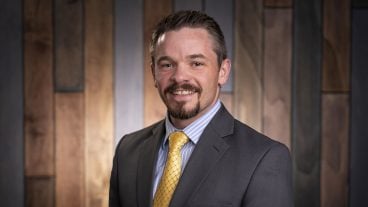

Trevor Kirkpatrick will help design, coordinate and implement member-focused health benefits programs.
Read More

SB 100 will allow Ohio to join the existing network of state Farm Bureaus participating in Farm Bureau Health Plans, which is an alternative health plan that has been serving Farm Bureau members since 1993.
Read More
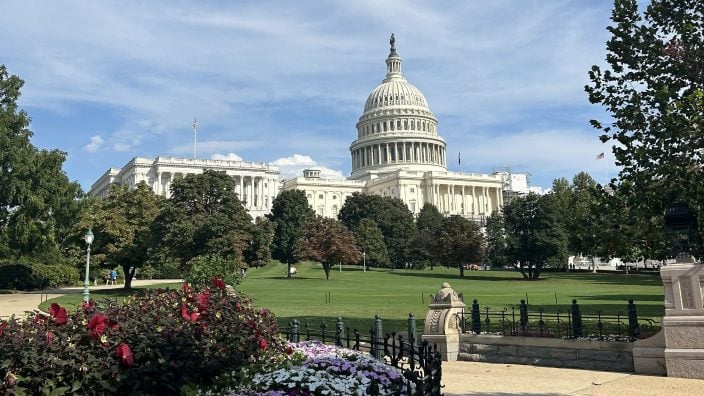
Over three days, participants heard from experts and, in turn, voiced their thoughts on topics as far reaching as the farm bill to trade to taxes.
Read More

The ExploreAg program is free to all high school students. The deadline to apply is April 30 at exploreag.org.
Read More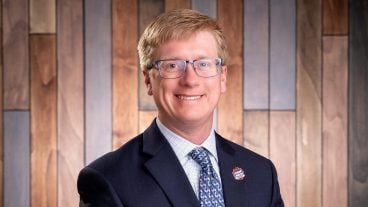

The award recognizes successful young agricultural professionals who are actively contributing and growing through their involvement with Farm Bureau and agriculture.
Read More

Will Minshall currently farms in a partnership with his family as an 8th generation grain farmer and a 1st generation cattle farmer in Pickaway County.
Read More